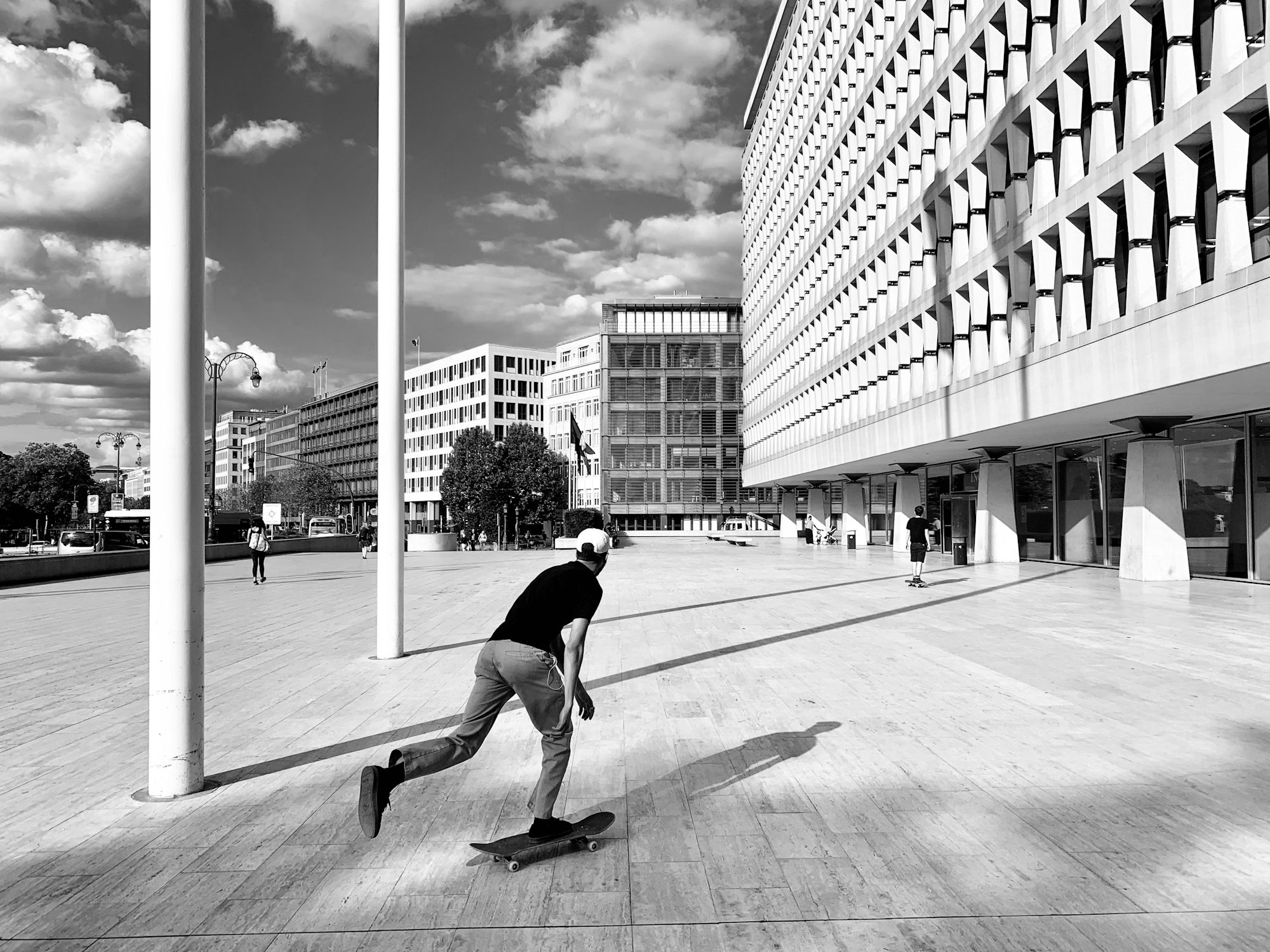
Caribbean Pool Service
An in-depth exploration of street skateboarding, focusing on its history, techniques, and the vibrant culture that surrounds it.The origins of street skateboarding can be traced back to the rise of skateboarding as a mainstream sport. Early skateboarders sought to replicate the fluid movements of surfing on concrete, utilizing curbs, sidewalks, and any urban obstacle they could find. This desire for exploration gave birth to street skating, as riders began to see the city not just as a backdrop, but as an integral part of their sport. This innovative approach transformed mundane urban settings into vibrant stages for performance, showcasing creativity and individuality.
As street skateboarding gained popularity, the techniques and tricks developed into a unique vocabulary of movements. From ollies and kickflips to grinds and slides, street skaters have crafted an arsenal of tricks that emphasize both technical skill and style. An ollie, for instance, is the foundational trick that allows a skater to leap into the air without grabbing the board, opening up a world of possibilities for spins and flips. Mastering these tricks requires hours of practice and a deep understanding of balance, timing, and body mechanics.
Street skating emphasizes adaptability; riders must learn to utilize whatever obstacles they encounter. This improvisational nature means that no two sessions are ever the same. Whether it’s a handrail, a staircase, or a ledge, street skaters continually push the boundaries of what is possible, transforming everyday urban elements into tools for creativity. This relationship with the environment fosters a sense of exploration and adventure, as skaters seek out new spots and challenges.
One of the defining characteristics of street skateboarding is its emphasis on style. Each rider develops a personal approach to their tricks, making the act of skating a unique expression of individuality. Some skaters prioritize technical precision, executing tricks with clean lines and perfect landings, while others may focus on a more fluid, artistic style that incorporates creative transitions and flow. This diversity of expression is celebrated within the community, allowing each skater to find their voice through their skating.
The street skating culture is deeply intertwined with the music and art scenes, creating a rich tapestry of influence and inspiration. Skateboarding has always embraced music, with genres like punk rock and hip-hop providing the soundtrack for countless sessions. The energy of these musical styles mirrors the adrenaline of skateboarding, creating a powerful synergy that drives both cultures forward. Skate videos often highlight this connection, featuring riders showcasing their skills alongside carefully curated soundtracks that enhance the viewing experience.
Art is another crucial element of street skateboarding. Many skaters express their creativity through board graphics, street art, and photography, all of which contribute to the visual culture of skating. The act of customizing a skateboard allows riders to express their personalities and connect with the broader artistic community. Additionally, street art often finds inspiration in the skate scene, with murals and graffiti depicting iconic skaters or capturing the essence of skate culture.
Community plays a vital role in the world of street skateboarding. Skaters often form close-knit groups, supporting one another through the challenges of mastering new tricks and exploring new locations. Local skate parks and spots become hubs of activity, where skaters gather to share knowledge, tips, and camaraderie. These gatherings foster a sense of belonging and create lasting friendships, reinforcing the idea that skateboarding is as much about community as it is about the individual ride.
Competitions are another avenue through which street skateboarders can showcase their skills and creativity. Events like Street League Skateboarding (SLS) and X Games feature some of the best talent in the sport, pushing skaters to perform at their highest level while competing for recognition and prizes. These competitions also bring attention to the diverse styles within street skating, highlighting the creativity and innovation that define the sport. The camaraderie and respect among competitors are evident, as riders often cheer for one another, celebrating the artistry of each performance.
As skateboarding continues to grow in popularity, it has become more visible in mainstream culture. The inclusion of skateboarding in the Olympics is a testament to its global reach and influence. This recognition opens up new opportunities for skaters and increases interest in the sport, attracting newcomers who are eager to learn the art of street skating. With this growth comes the challenge of maintaining the authenticity and spirit of street skating, as commercialization can sometimes overshadow the core values that define the culture.
Sustainability is becoming an increasingly important conversation within the skateboarding community. As more riders become aware of the environmental impact of their sport, initiatives aimed at promoting eco-friendly practices are gaining traction. From using sustainable materials for skateboard production to organizing clean-up events at local spots, skaters are finding ways to give back to the environment while continuing to pursue their passion.
Looking ahead, the future of street skateboarding is bright and filled with potential. As new generations of skaters emerge, they bring fresh perspectives and innovative ideas to the sport. The continued evolution of street skating techniques, styles, and community dynamics ensures that the culture will remain vibrant and diverse. Whether through video content, competitions, or grassroots initiatives, the spirit of street skateboarding will continue to inspire and connect riders around the world.
In conclusion, street skateboarding is a celebration of creativity, individuality, and community. Its rich history and evolving culture make it a dynamic form of expression that resonates with riders of all backgrounds. By embracing the urban landscape, honing technical skills, and fostering a supportive community, street skaters carve their unique paths, transforming concrete into a canvas for their artistry. As the sport continues to grow, it remains a testament to the power of creativity and the joy of movement on four wheels.